
Can the Aqara Smart Video Doorbell G4 be integrated with Home Assistant?
Discover the Aqara Smart Video Doorbell G4's integration with Home Assistant, potential workarounds, and the impact of upcoming Matter standard support.
Welcome to our guide page for Home Assistant, ESPHome, and smart home automation! This page is designed to provide you with comprehensive and step-by-step guides for setting up and using Home Assistant, ESPHome, and various smart home devices. Whether you're a beginner or an experienced user, our guides will help you make the most out of your smart home setup. We cover everything from the basics of home automation to advanced topics like automating your lights and controlling your devices with voice commands. Join us as we explore the exciting world of smart homes and discover how easy it is to make your home smarter, safer, and more comfortable!
Disclosure: This page contains affiliate links. If you click through and make a purchase, I will earn a commission, at no additional cost to you. Read my full disclosure here.

Discover the Aqara Smart Video Doorbell G4's integration with Home Assistant, potential workarounds, and the impact of upcoming Matter standard support.
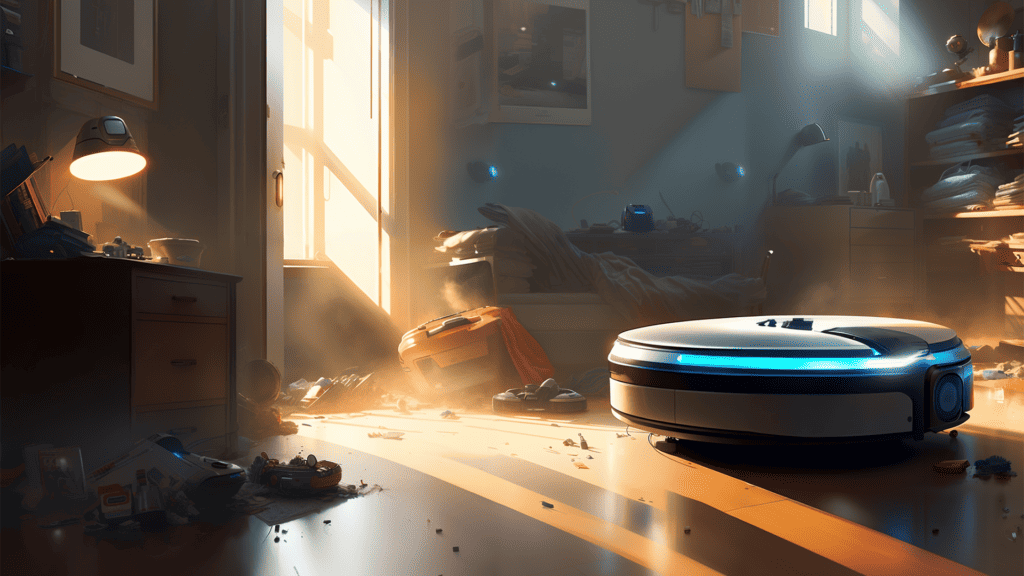
Find the perfect Xiaomi robot vacuum with our comparison guide. Features, specs, and more to help you choose the right one for your home.

The Roborock S7, Q7, and Q7 Max are three popular robot vacuum cleaners. This comparison will highlight the differences and commonalities of the three models.
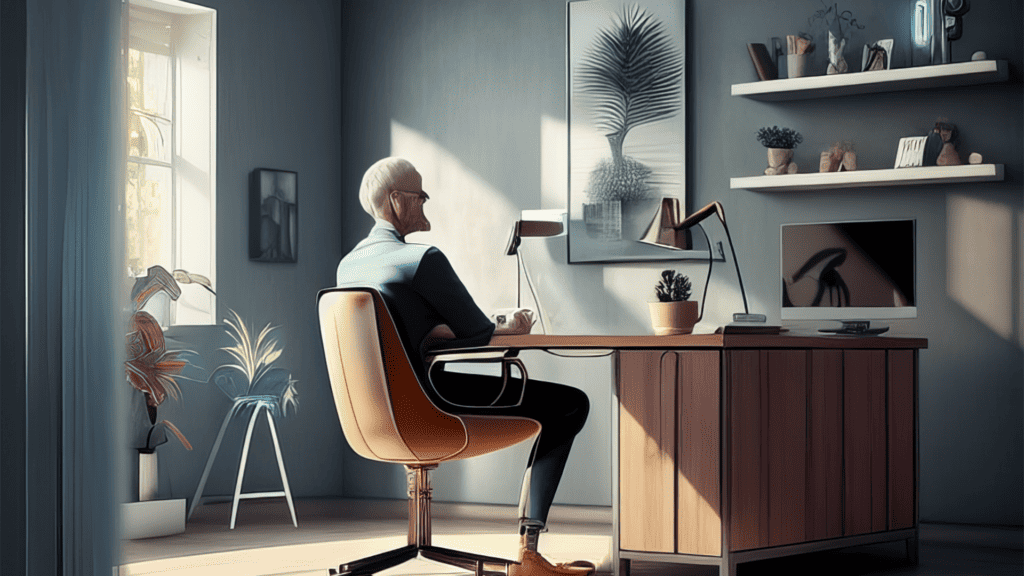
This DIY Zigbee chair occupancy sensor for Home Assistant doesn't require soldering, knowledge of electronics, or 3D-printing.

Three of Xiaomi's Bluetooth thermometers and hygrometers can be hacked and flashed with custom firmware.

Using the Android app IP Webcam, you can turn any old phone in to a security camera that integrates with Home Assistant.
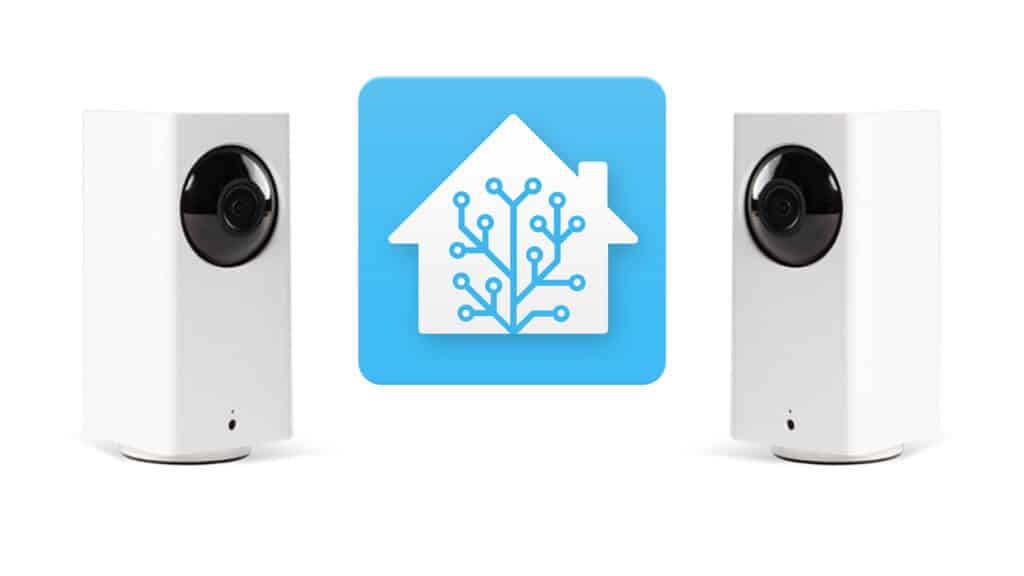
Wyze has allowed the development of the Home Assistant custom component to continue, but not without any serious restrictions.
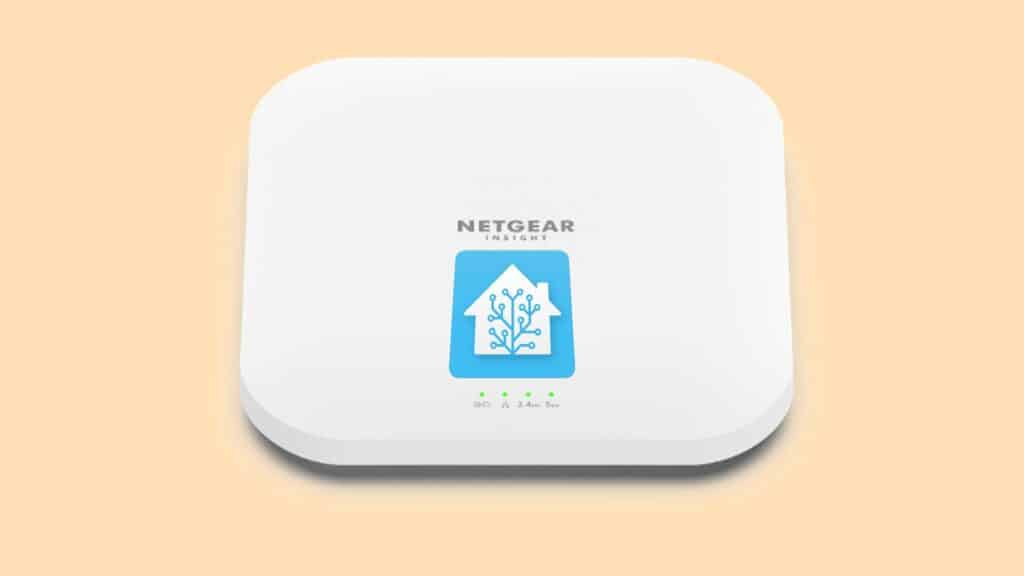
This custom component allows you to integrate Netgear's WA access points with Home Assistant. Tested are the WAX620, WAX610, and WAC510.
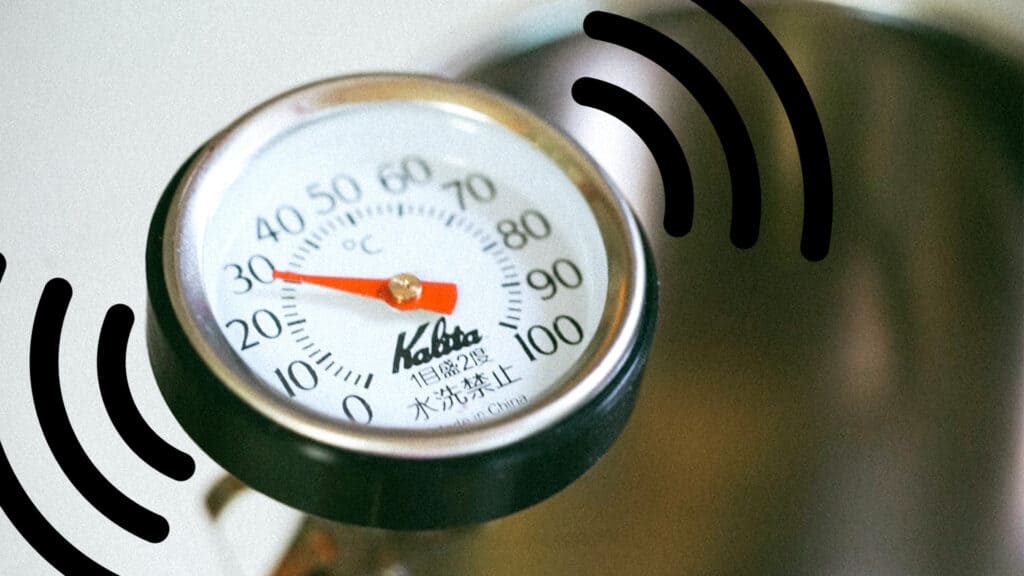
Wi-Fi temperature and humidity sensors do not require a hub. They connect directly to an access point and configured using a built-in web server or an app.

Bluetooth Low Energy (BLE) has similar properties to Zigbee: It uses the same 2.4 GHz radio frequencies and consumes very little power.